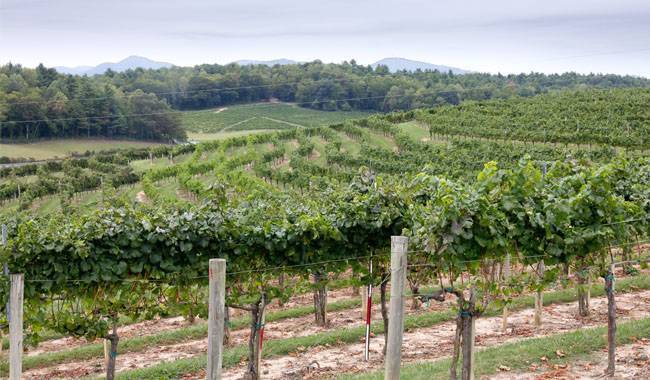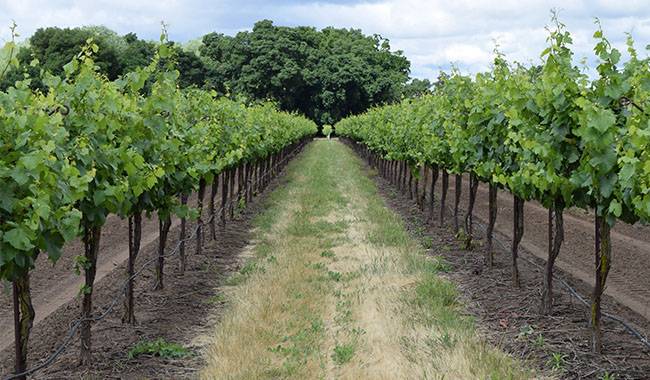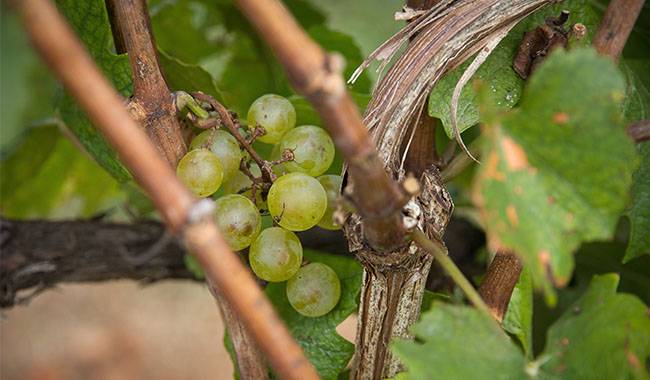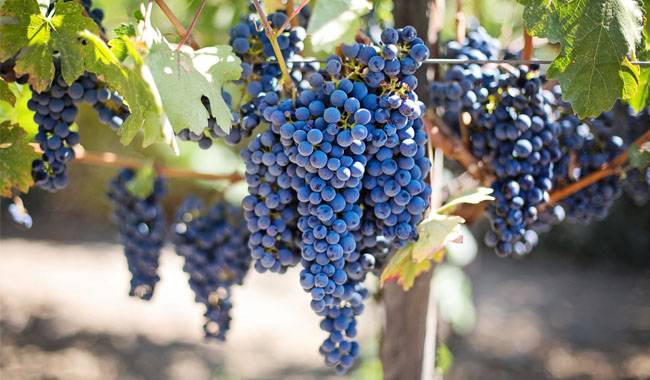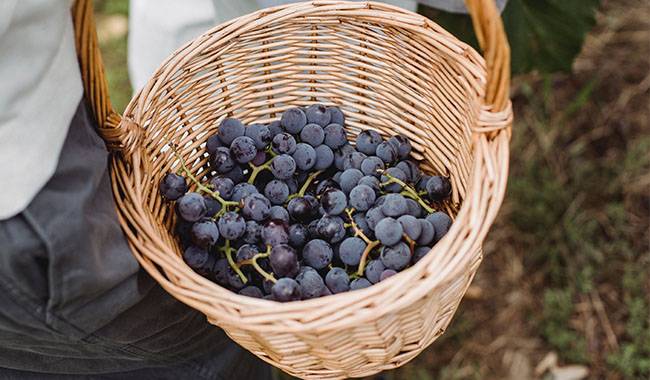
The grape harvest is one of the most important procedures for grape producers. In many countries, the harvest is so fantastic that producers organize festivals to celebrate this event.
How are the grapes harvested? Harvesting grapes to make wine is not only the first step for individual grapes to move to the finished bottle, but it is also the busiest time of the year for wineries. The festivals and events surrounding the annual grape harvest keep the traditions and expectations in full bloom.
THE ANXIOUS WAIT
During the months of the year, winemakers around the world face an unnerving growing season where only the right amount of sun and rain is needed to grow grapes of the highest quality.
Keep a close eye on the weather, especially frost, heatwaves, and hail, which can break up vineyards in a matter of minutes.
In Europe, we’ve had all of these things this year, so please let’s think a little more about stressed winemakers. No wonder wine regions around the world are full of festivals and celebrations when the harvest finally comes! It’s a great time to visit.
TIPS
Grape harvesting usually begins 30-70 days after the fruit set, by the time the berries change from green to yellow (for white varieties) or from red to purple (for red varieties).
During this stage, we usually have an increase in sugar and a decrease in acidity. Usually, in the northern hemisphere, most varieties ripen from November to August, while in the southern hemisphere from March to August.
However, it is not easy to define the correct harvest time for grapes. Environmental conditions, soil type, location of the variety, and growing techniques are crucial to the quality of the final product. Producers harvest different types or varieties at different stages of ripening to achieve the desired quality characteristics.
MECHANICAL OR MANUAL HARVESTING?
There are two schools of thought, each with its own advantages and disadvantages. The oldest grape harvesting technique is manual.
Although essential in some appellations (such as the steep terraces of the northern Rhône or certain harvest types (selected noble grains)), it has always been dedicated to being recognized for making the best-quality wines.
However, in some very hot areas, it is best to harvest as soon as possible to avoid drying out in the sun. This means no problems in terms of time, comfort (fatigue, pain), and logistics (fewer pickers needed): therefore, the machine has its advantages. In fact, this method has been approved in the charge of organic wines.
Hand-picking of grapes
In most cases, the grapes are harvested by hand. Manual harvesting is carried out using manual and electric knives or shears.
After cutting into whole bunches, workers place them in collection baskets and transfer them to wineries (for wine varieties) or special warehouses (for table grape varieties).
Fresh table grapes can only be harvested by hand. They cannot be mechanically harvested because they would be bruised. After harvesting, the fresh grapes are cooled and transferred to packing warehouses.
Mechanical harvesting of grapes
This method is reserved for wine varieties. Sophisticated machines move through the vineyard rows and use rubber or other materials to shake the vines, causing the grapes to fall onto a conveyor belt.
Once collected, the grapes can be passed through a series of nets to remove foreign matter and, finally, collected into special storage areas. They are then immediately transferred to the winery.
These harvesters cost hundreds of thousands of dollars. However, many producers report that they have great difficulty in hiring many trained workers at the exact time of harvest.
As a result, they are considering switching to mechanical harvesting so they can harvest large vineyard areas in a single day without having to worry about finding and hiring a pool of trained workers.
Nevertheless, mechanical harvesting is not suitable for grapes with thin skins. In this case, a large percentage of the grapes are sure to break, which can lead to oxidation and bacterial growth.
Grapes are sensitive fruit. After harvest, producers try to transfer them as soon as possible to packing facilities (fresh grapes) or wineries. For fresh grapes that need to be transported over long distances, refrigerator tractors are needed.
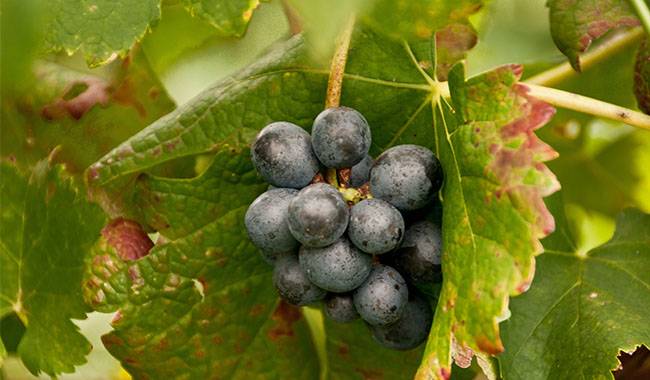
GRAPE HARVEST TIME
Generally speaking, the annual grape harvest for most wineries in Europe and North America is in August, September, and October. Australia, New Zealand, South America, and South Africa have significantly lower landings than the equator and are usually harvested from February to April.
Both hemispheres typically have harvest extensions on both sides of the harvest window, depending on the individual growing season, grape maturity, and various vintage factors. Late harvest ice wines are glorious harvest exceptions in both hemispheres. Grapes are usually left on the vine to increase sugar content and can be harvested within a few months of the traditional harvest.
GRAPE HARVEST ORDER
Sparkling wines (Chardonnay and Pinot Noir) are picked first to ensure a low sugar content (Bailey’s sugar level). Most white wines are crushed. Viticulturally, red wine grapes usually come second in the harvest row because they take longer to fully ripen. Ultimately, ice wine is gradually crushed after severe dehydration on the vine to produce raisin-like grapes with a high concentration of sugar, perfect for dessert wines.
GRAPE HARVESTING METHODS
Wineries can use both traditional hand picking and mechanical harvesting methods to get the grapes off the vine and ready for pressing. Hand-picking offers a more precise option and tends to better protect the skins in the must from oxidation caused by skin damage.
Mechanical harvesters allow for a more efficient and often more cost-effective process that is well suited to large vineyards placed on flat land. The type of picking – handpicking, mechanical picking, or a combination of both. Depends greatly on the winemaker’s ultimate wine style goals.
FACTORS AFFECTING THE GRAPE HARVEST
Grape variety, ripeness, and climate factors have the greatest influence on “when” a bunch is harvested. First, the tannin, acid, and sugar content of the grapes determines the degree of ripeness of the grapes, which are key factors in the future quality and strategic presence of the wine.
The weather has a huge impact on how the grapes from a given vintage will behave in a bottle of wine. For the uninitiated, the ideal weather for growing grapes includes a cool, well-watered winter. However, once spring arrives, a lot of moisture is “suppressed” and cool nights and mild days are the goals throughout the summer. During the actual harvest, wineries prayed for dry weather to bring the grapes home.
The winery wanted to crush the grapes, not “smash” them, but “gently split” them so that the juice would start flowing as soon as possible. During the transportation from the vineyard to the press, every effort was made to escalate the process while preventing the grapes from becoming hot. For example, many varieties of grapes were cut from the vine in the cool morning hours to help minimize astringency.
HOW DO YOU KNOW WHEN THE GRAPES ARE RIPE?
There are several ways to know if grapes are ripe. A refractometer measures the sugar content of the grapes.
Some winemakers prefer to request laboratory analysis of the grapes, while others rely on skin color and tasting the fruit to trust their instincts and experience.
This step allows the winemaker to determine the balance between acidity and sweetness and to bite the spot.
WHY IS IT IMPORTANT TO PICK THE GRAPES TOO EARLY OR TOO LATE?
The harvest date is very important: it must happen when the grapes are fully ripe and meet the winemaker’s criteria.
By harvesting too early, one risks producing wines that are too astringent, with major acidity and vegetal, herbal flavors.
Harvesting too late risks producing rotten grapes or grapes that have lost their acidity, which is critical to the balance of the wine. The final wine may be fat and lack freshness.




